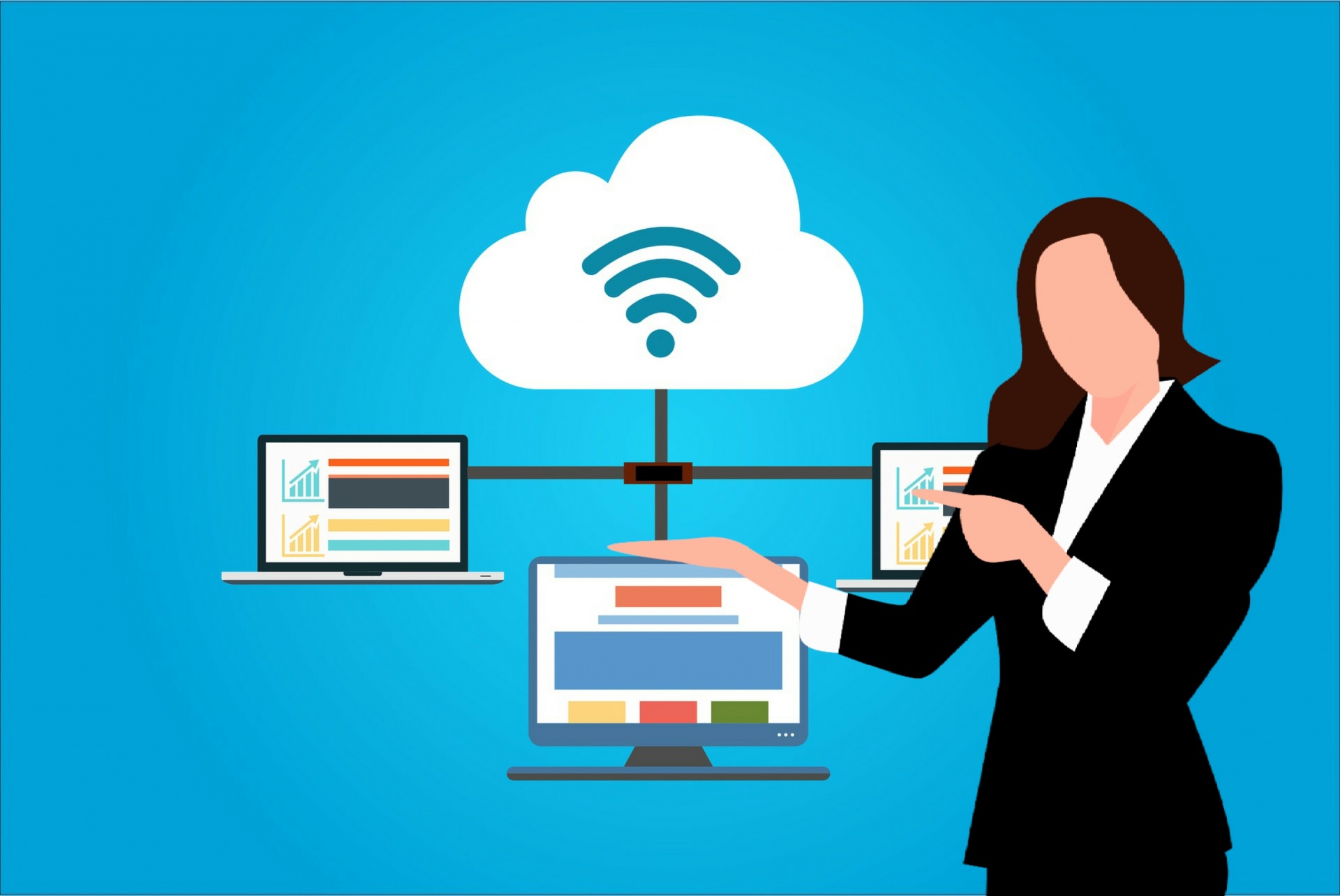We are seeing more small and medium size businesses (SMBs) moving to cloud-based solutions to reduce expenditures.
The cost of cloud-based solutions has been found to be anywhere from 35% to 50% lower than on premise solutions. On premise solutions are expensive to manage, we spend most of our time running routine maintenance tasks where our time could be spent doing other tasks for you.
Cost is only one reason SMBs are moving to the cloud, there are plenty of factors that are pushing SMBs towards the cloud.
- Opex instead of Capex. Companies finding their hardware end-of-life usually need to dig deep to get new equipment. Most of this has a limited shelf life as the hardware quickly becomes obsoleted – see Moore’s Law
- Moving to the cloud model makes the hardware the responsibility of the cloud provider. You pay them for the time and resources you use on say a monthly basis. No need to buy expensive core hardware up front.
- Connect from anywhere. Most cloud providers have bandwidth on tap and have a variety of different mechanisms to connect in.
Leveled the playing field with Disaster Recovery and Business Continuity (BCDR). BCDR used to be the domain of big business who could afford to implement redundant systems and sites and maintain them. Now with cloud and the ability to spin up services in software quite easily and on certain conditions whilst only being charged for what you use, many more organisations can implement this important process of BCDR. - Auto scaling. In DevOps it is said to treat you servers like cattle not pets. In the cloud we do not need to worry about our expensive server hardware and maintain it but instead we use the underlying hardware etc. provided to us by the cloud provider and scale up more capacity if our virtual servers or other service level reaches a certain threshold. When the traffic level comes down e.g. Click Frenzy is over, we can automatically turn off the extra capacity and resume normal operations.
- Less power consumption and facilities required at your premises.
- Great for sandboxing environments.
- You may not need to worry about patching OSes and applications depending on how you consume cloud services.
These are only a few reasons to make the move. Some of our customers still have a hybrid environment and a mixture of on-premises and cloud and use more than one cloud provider also. There are no rules and every companies approach should be different.
We have helped many companies move to the cloud. There are a few pitfalls though that you could get caught up in. Whatever the case, security is a big issue.
There is a need more than ever to have visibility and controls in place to ensure your business operation continues to function in a secure manner. Companies need to have systems in place to carry out inventory management and continual security checks as a minimum. In the cloud especially, it is too easy to spin up services that may not be secured and may also be forgotten.
A Security Information and Even Management (SIEM) is a valuable tool in your cloud security arsenal to make some sense of what is happening in your environment by correlating multiple inputs from multiple services you have running and provide some action for you to thwart it if it looks suspicious.
An SMB may not have the personnel required to oversee this type of environment and give guidance on governance and best practices. It is easier to do it right from the start with correct policies on encryption, user access controls, logical separation of environments etc. That is where we step in to fill that gap.

